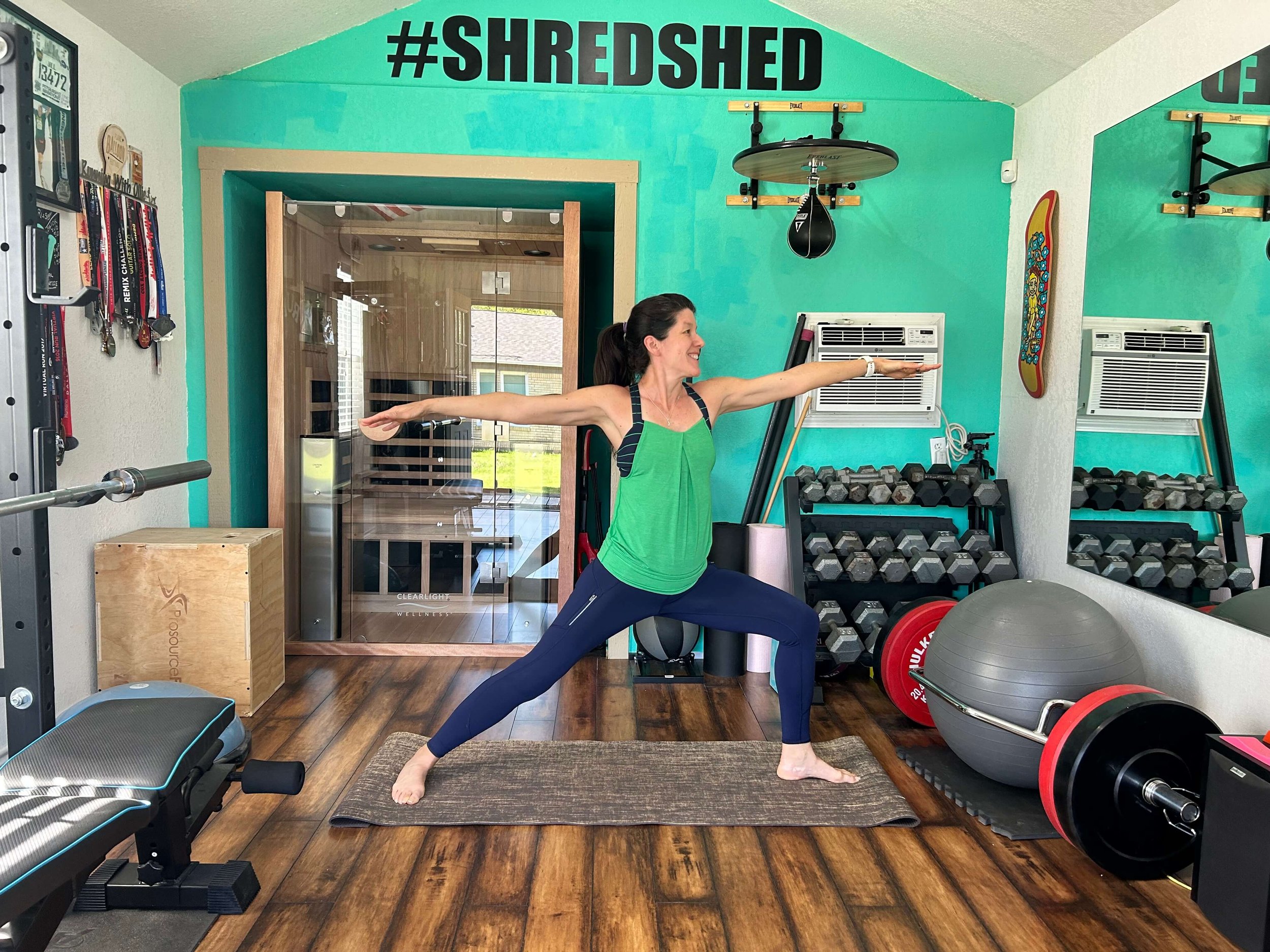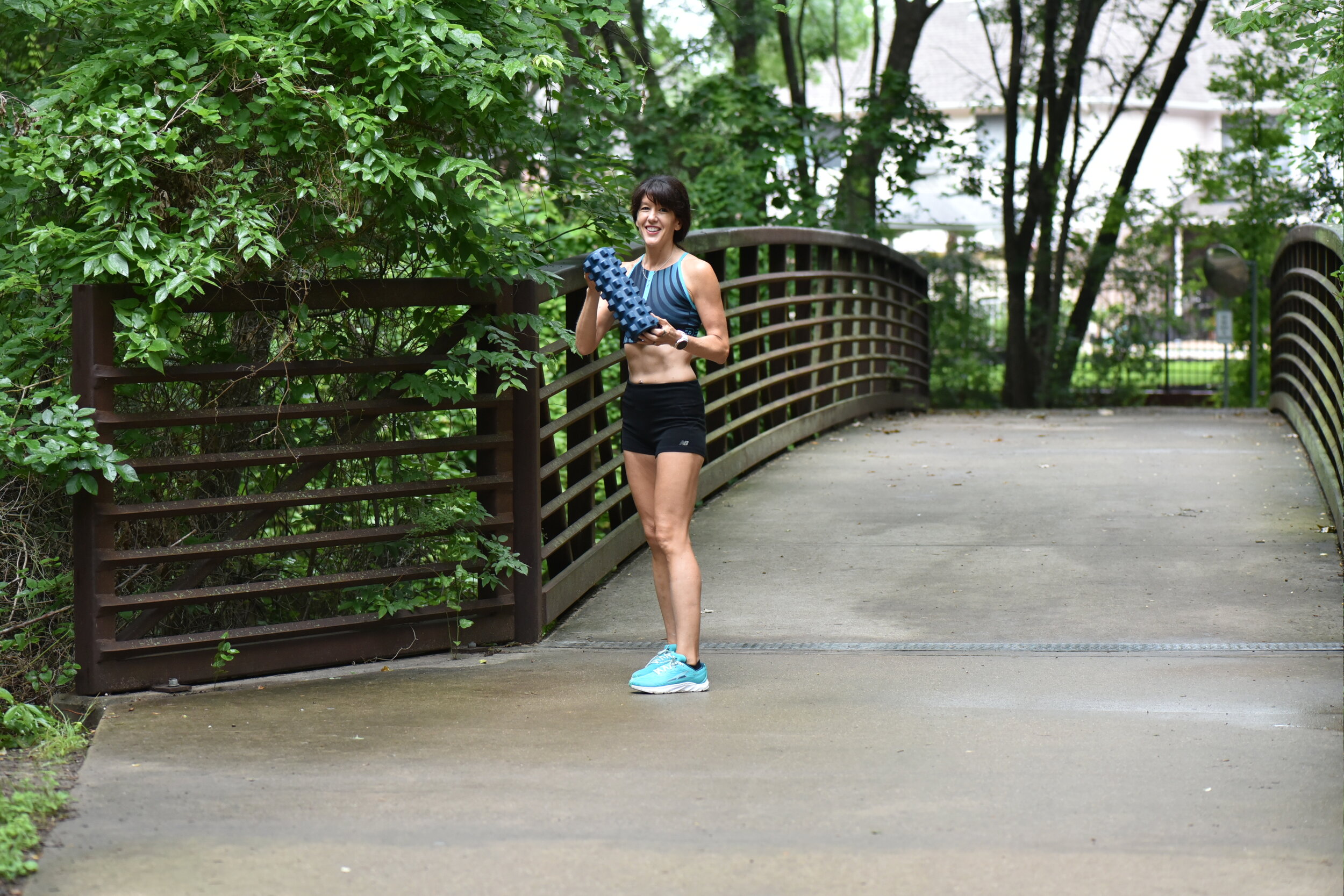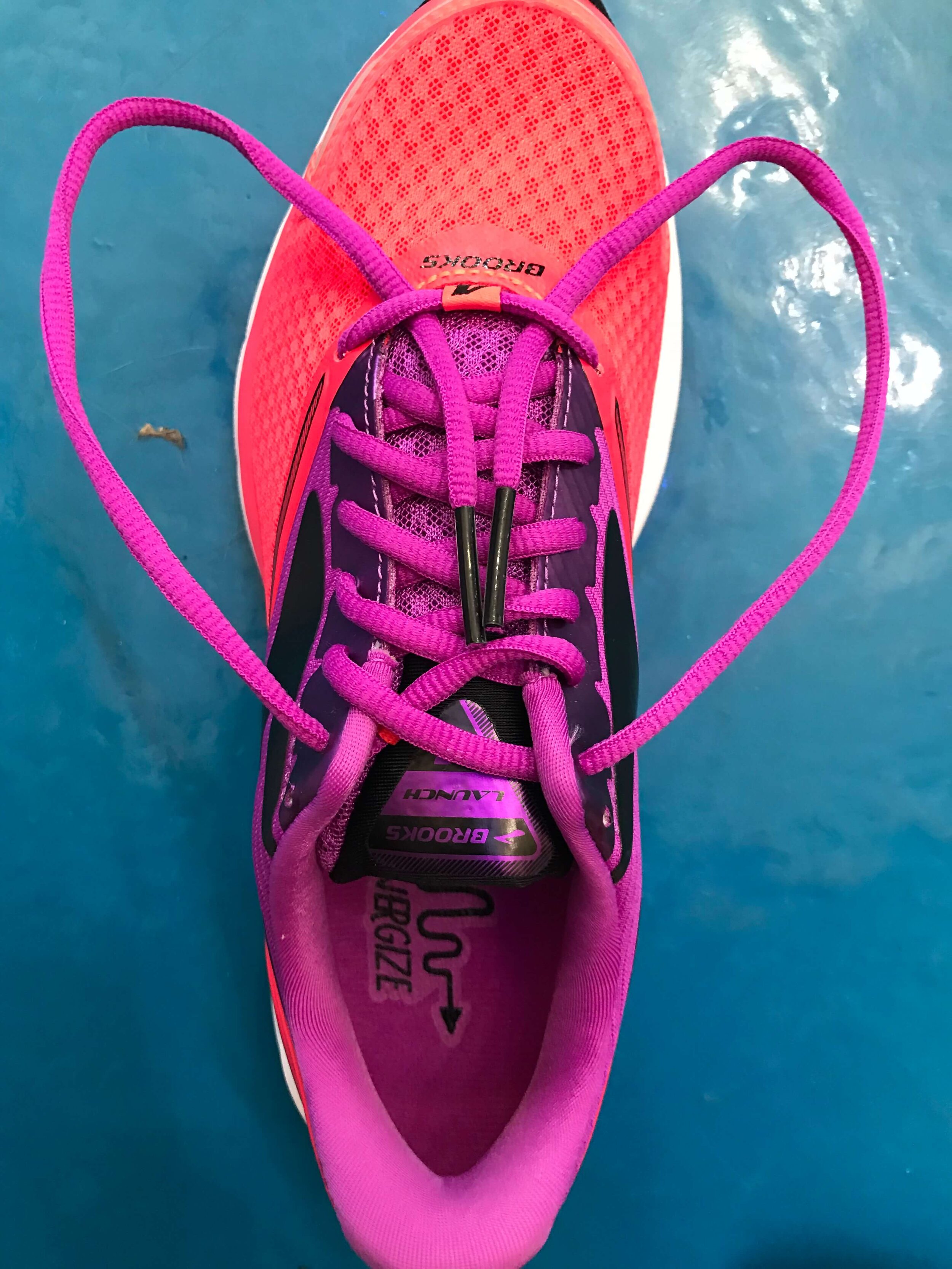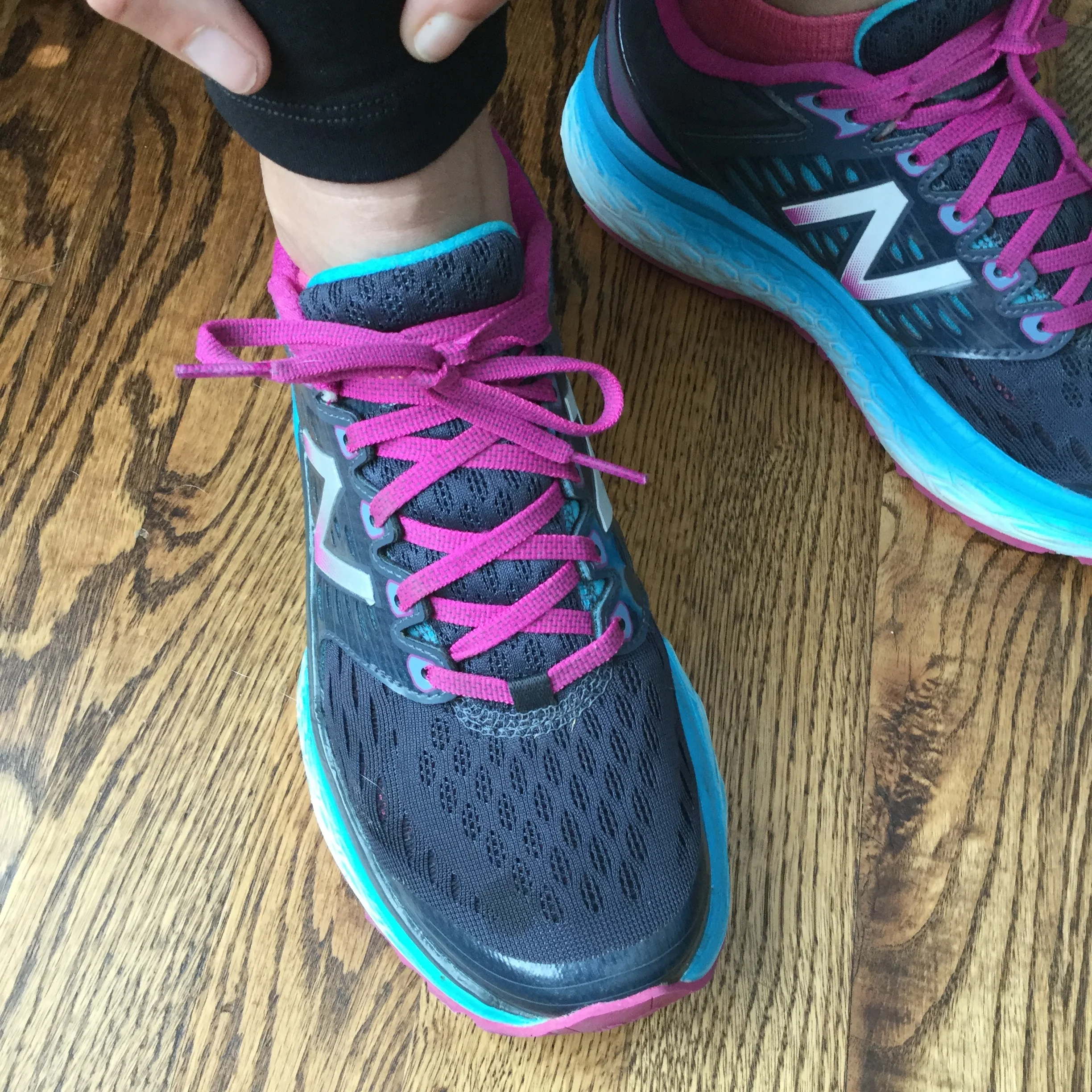Welcome the latest edition of Workout Wednesday! This week we are talking about how to transition from running/walking intervals to running without walk breaks.
When you first start running it is very common to use run/walk intervals in order to adapt to running. There is absolutely no shame in walking. A lot of people are very successful running full and half marathons on a run/walk program with very impressive finishing times. If you are happy with your run/walk plan and you're continuing to progress, there is no reason to change your program. However if you're interested in transiting from run/walk intervals to running without walk breaks, I may be able to help you with the plan that worked for me when I first started running.
Most people start in the same place, it is very common be short of breath when you first start running. You have to stick with it through that hard beginning part in order to become a stronger runner. It does get easier, I promise.
Once you have been performing run/walk intervals for a few months, you may be ready to train to run without walk breaks. I suggest that you have a solid running base before starting this program. You should be running (with walk breaks) several days a week for at least four weeks. Follow the below plan two to three days a week with full rest days in between training days to allow for proper recovery.
HOW TO TRANSITION FROM RUNNING/WALKING INTERVALS TO RUNNING WITHOUT WALK BREAKS
The key to train to run without walk breaks is to first start by taking walk breaks. Hear me out. If you stick with the program you will progress to running without walk breaks.
Walk for a few minutes to warm up. Try some dynamic stretching and/or foaming rolling to warm up before you get started.
Start running at a very slow pace. Go even slower than you think you can maintain. It's better to go too slow than too fast at this point. We can work on speed later, for now we are working on endurance. A slow pace is key.
Run until you feel like you just can't run for one more second, then try to count out 50 more steps. This may help you push past any mental barriers. When your mind says no more, see if your body has 50 more steps. It is important to be sure that you are listening to your body and not your mind. Is your mind telling you can't go on? Or is it your body? Sometimes your mind will tell you to stop, but think about it first. Can I breathe? Are my legs OK? How do I feel physically? If it is just your mind, keep going. Your thoughts can lie, especially when you are trying new things.
Once you are sure it is your body and not your mind slow to a brisk walk. Now here's the key to the whole plan: Only walk as long as you need to in order to recover your breath. It is really important to be honest with yourself and start running again as soon as you are able. When your breathing returns to almost normal It is time to start running again, don't walk for one second longer than necessary.
Repeat the running cycle. Run as long as you can. When you think you need to stop, try to count out 50 more steps. You are probably feeling uncomfortable, but as long as you aren't feeling any physical pain, push yourself to keep running for just a little bit longer. When you are sure it is your body and not your mind, it is time to walk briskly again to recover.
Start the run cycle again.
The idea is that you run for as long as you physically can, then walk only as much as necessary. If you continue this cycle, while being completely honest with yourself, over time your run intervals will become longer and your walk intervals will become shorter, until there are no walk intervals at all.
This process can take between four to ten weeks depending on your starting fitness level and dedication to the program. Remember that no matter what you are trying to achieve, consistency with your training is the single best path to success.
I can clearly remember the great feeling the first time I realized that I didn't need to stop for a walk interval, that I could keep running. Don't listen to your mind, listen to your body.
This same technique can be used to improve your running pace. Just replace the walk intervals with slower run internals. Run fast, then run slower to recover until you don't have to run slower anymore at all.
When you set out to run these intervals run according to time and not distance. For example, make a plan to run for 30 minutes, not three miles. You'll find that over time you will be able to cover the distance in less time.
Give it a try and let me know how it goes.
Like this post? Please consider sharing!


























































